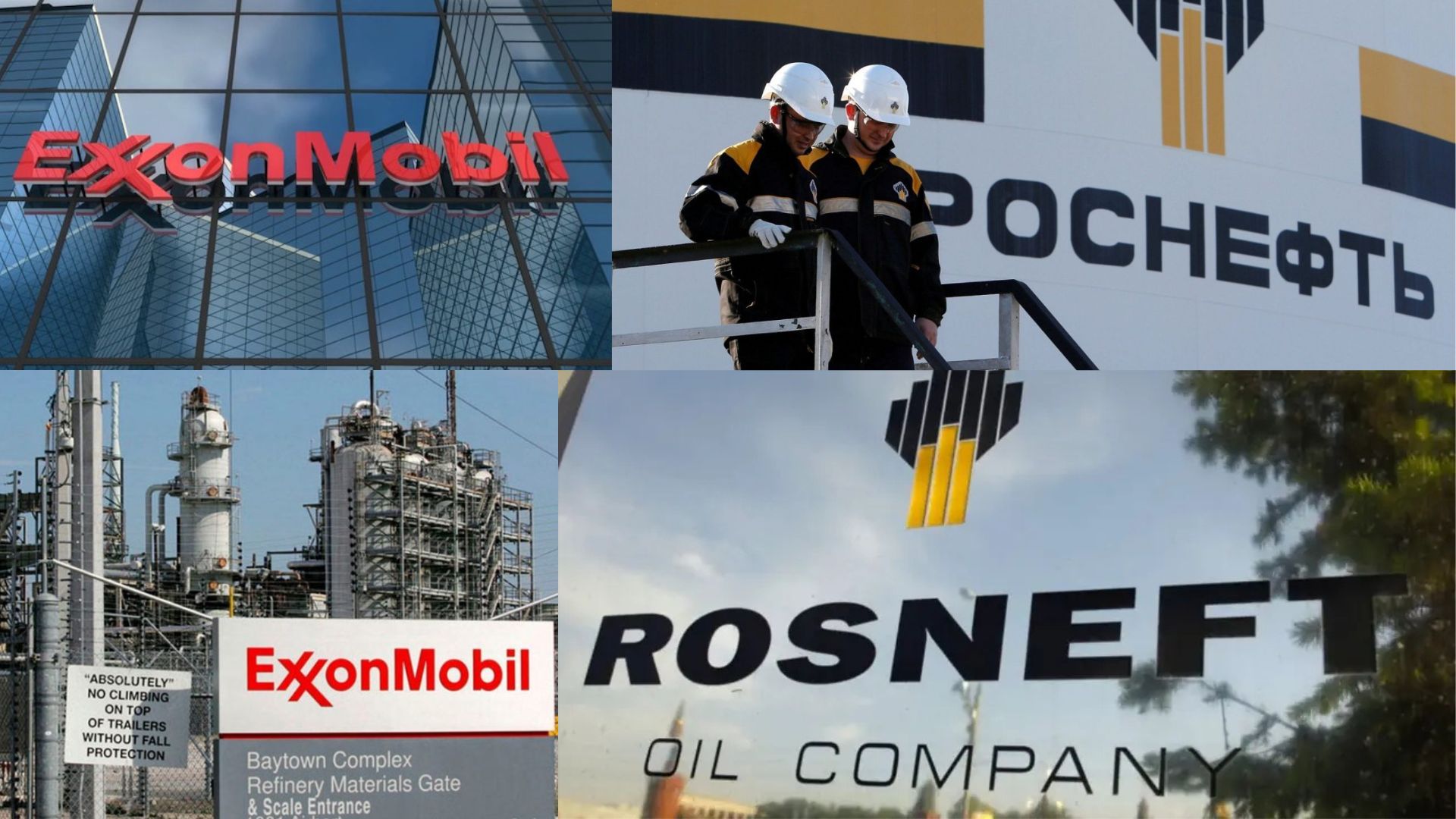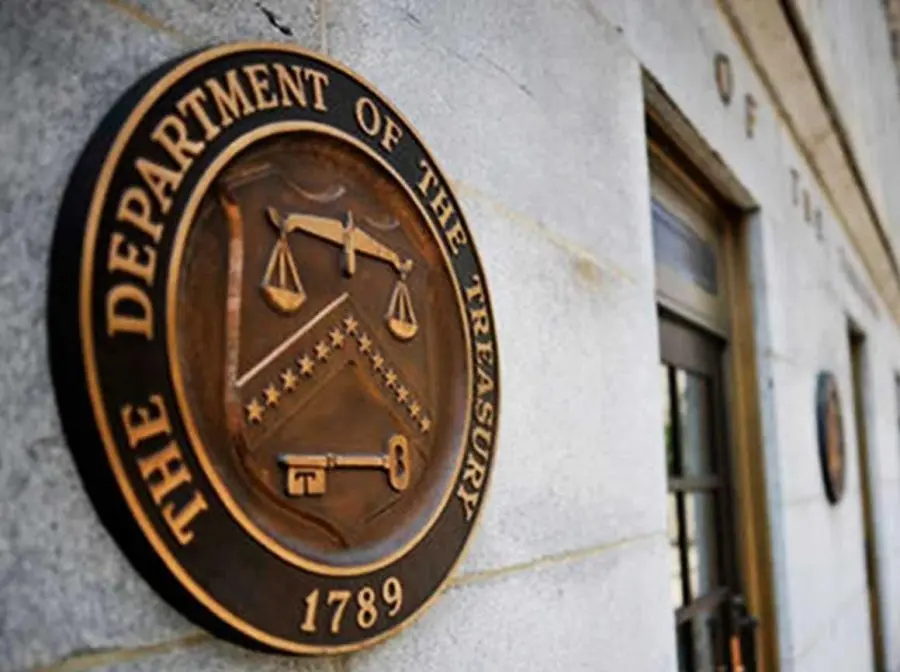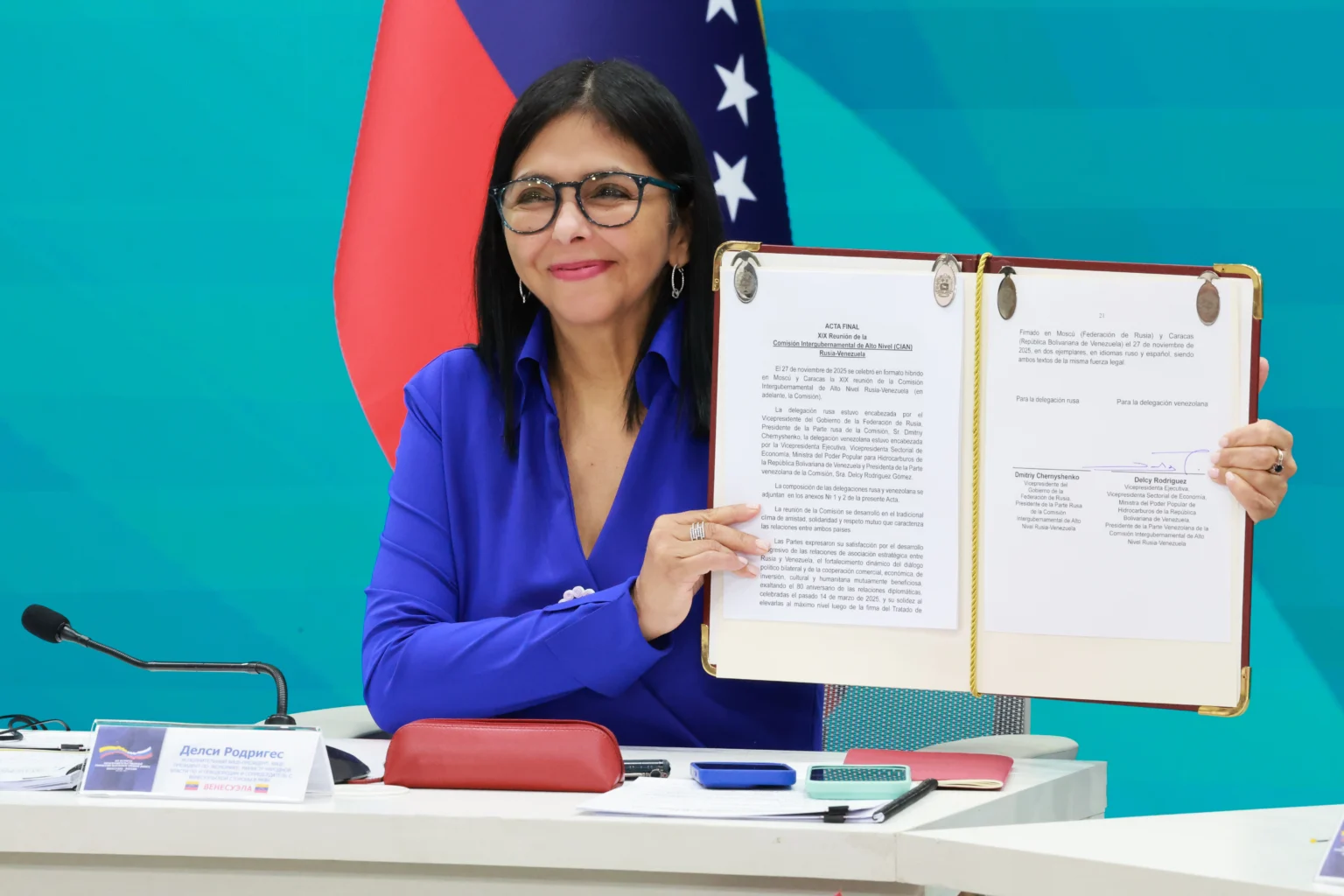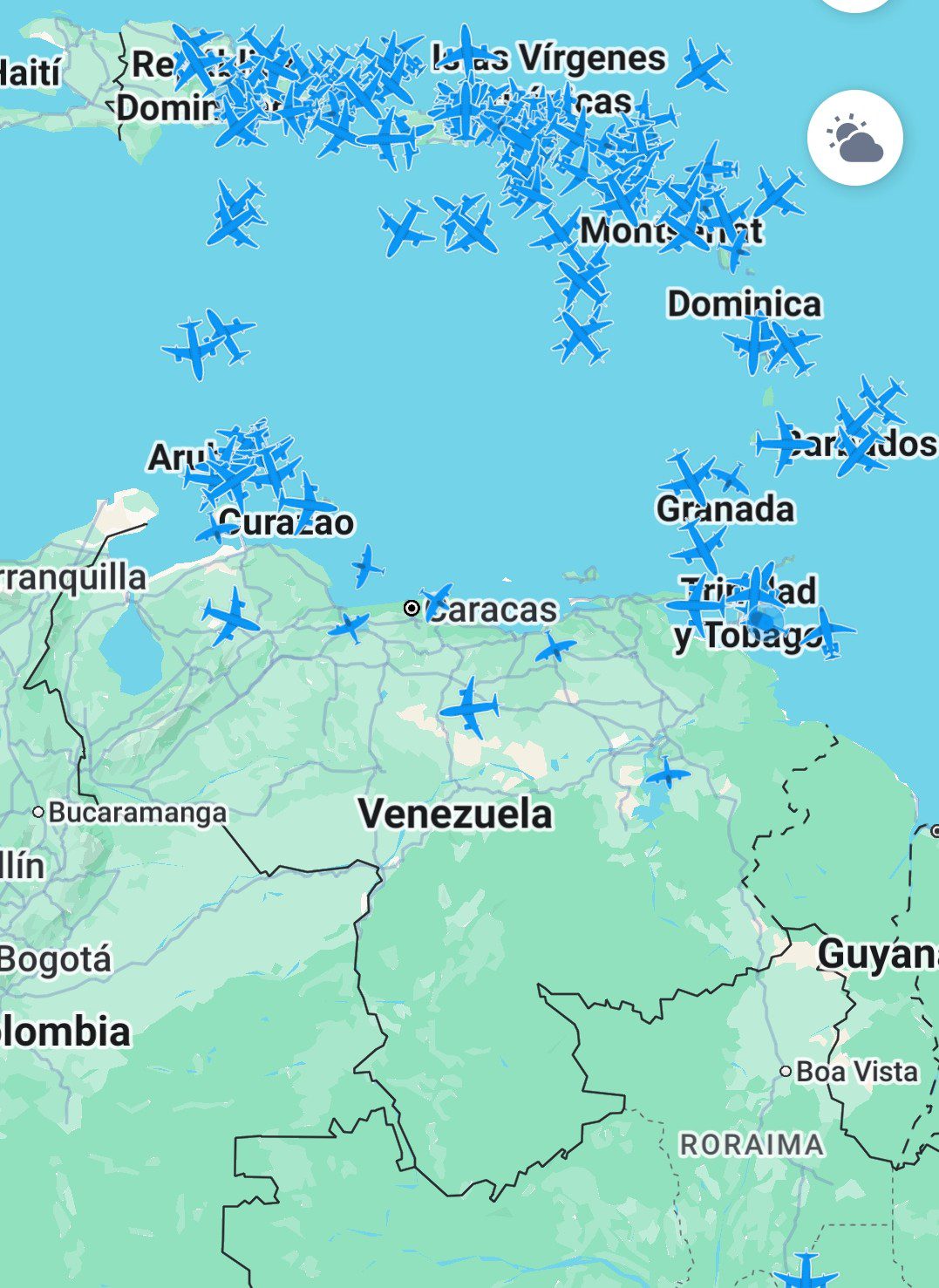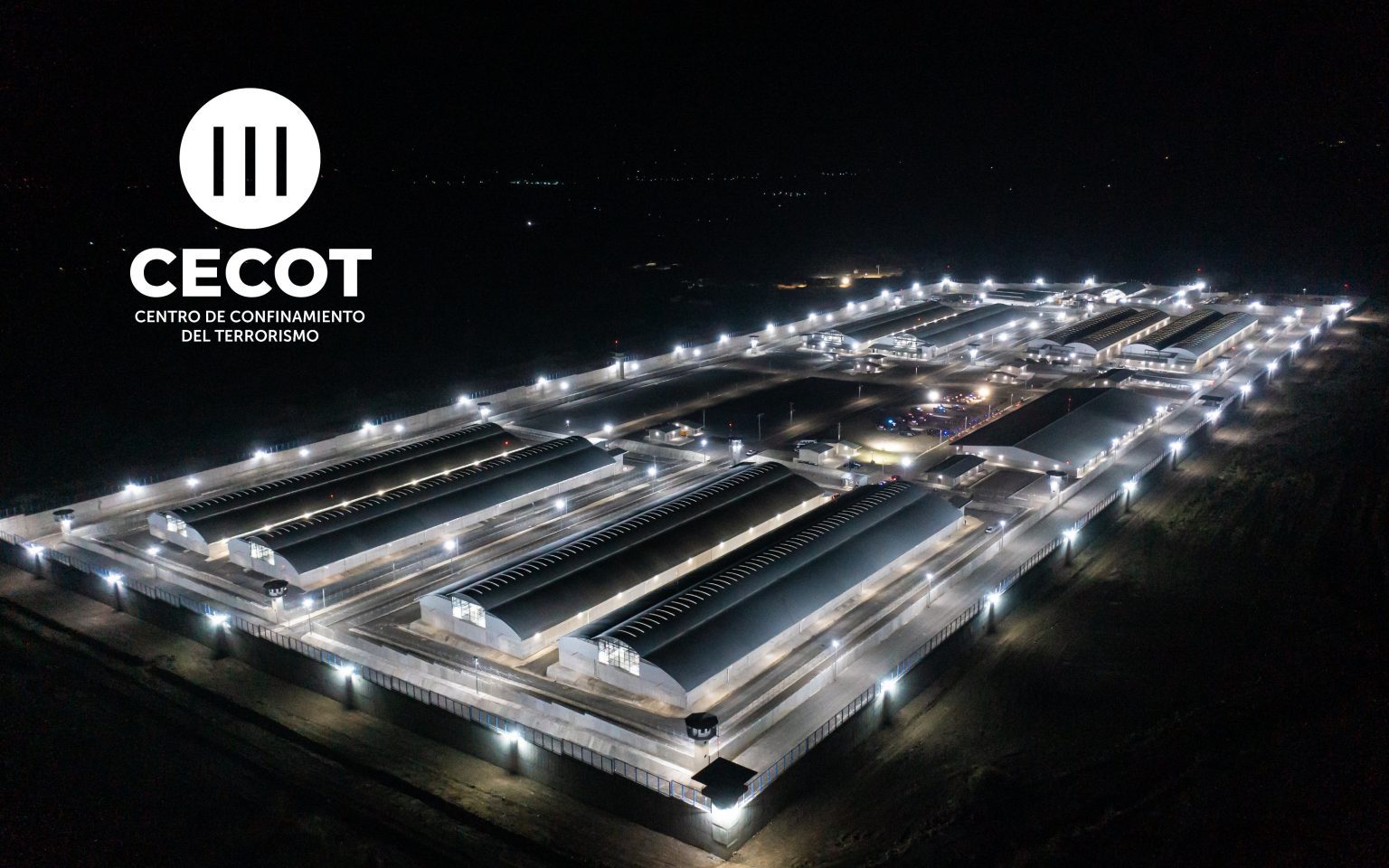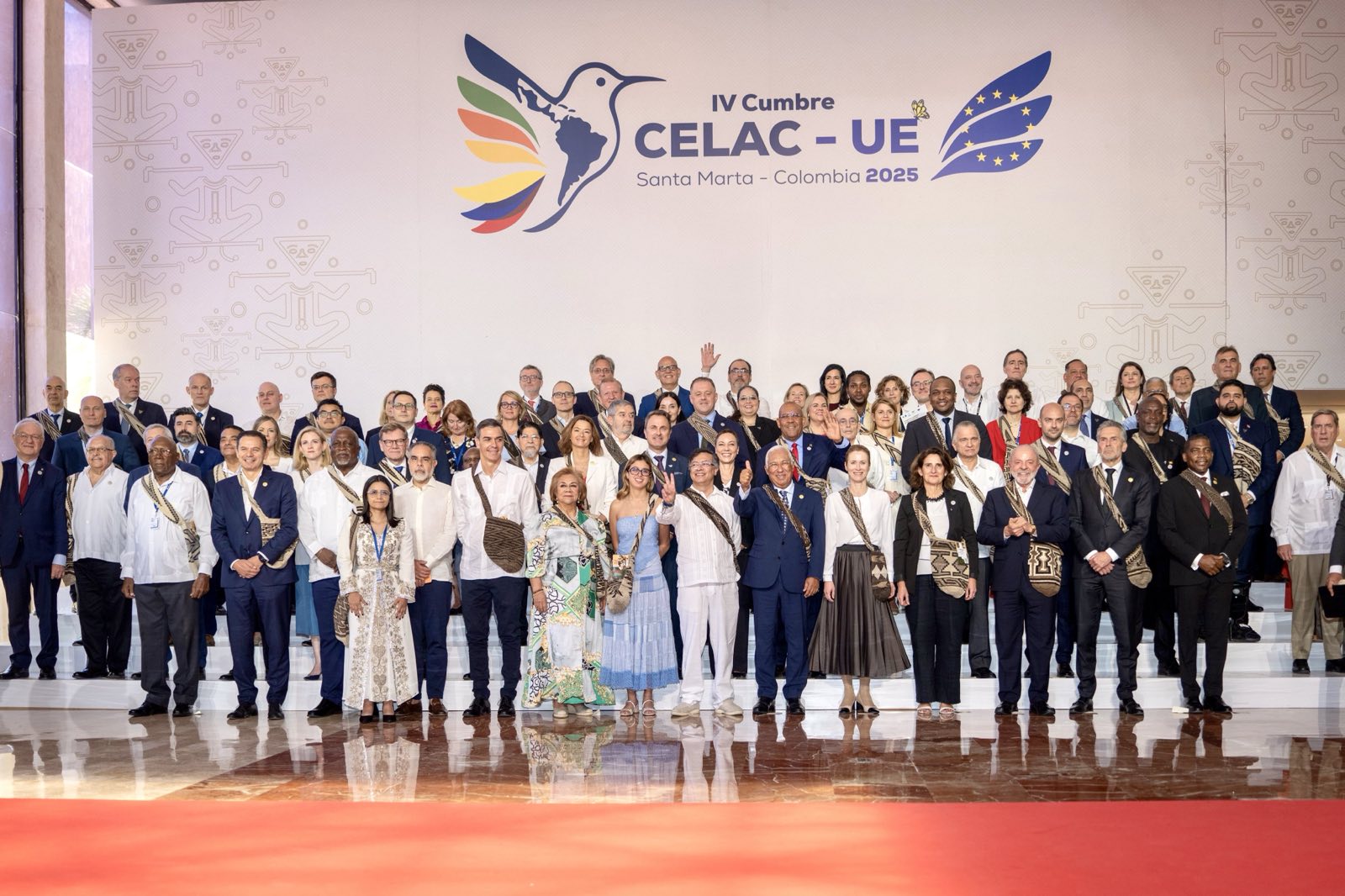ExxonMobil and Rosneft in secret negotiations as the end of the war in Ukraine is discussed. Photos: social media and official websites of Rosneft and ExxonMobil.
Guacamaya, August 27, 2025. According to a revelation by the Wall Street Journal, the American oil giant held confidential dialogues with the Russian state-owned company about its possible return to the Sakhalin project, following its abrupt exit in 2022 due to the war in Ukraine.
Exxon Mobil held secret meetings this year with Rosneft, Russia’s largest energy company, to evaluate a potential return to the massive Sakhalin oil and gas project in the Russian Far East. According to sources cited by the Wall Street Journal, the plan would depend on a potential peace agreement in Ukraine and the easing of sanctions against Moscow.
Exxon’s Senior Vice President, Neil Chapman, led the negotiations on behalf of the company in discreet meetings with Igor Sechin, the president of Rosneft and a close ally of President Vladimir Putin, who is under sanctions from Washington.
The resumption of operations would represent a drastic shift in the relationship between Exxon and the Kremlin, following the 2022 rupture when the company was forced to abandon the country and denounce the expropriation of its stake in Sakhalin-1, valued at over $4 billion.
The talks intensified in early 2025, coinciding with the inauguration of Donald Trump, who recently discussed a potential return to Russia with Exxon’s CEO, Darren Woods. Putin, for his part, signed a decree opening the door for foreign companies to regain stakes in key energy projects, provided they support the supply of equipment and advocate for lifting sanctions.
Although the Kremlin seeks to attract Western capital and technology to sustain its oil industry amid the war, Exxon’s return is not guaranteed. It will depend on the progress of peace negotiations and the conditions Russia offers the company.
The Sakhalin project remains a strategic asset: its exports primarily supply Asia, which maintained its purchase of Russian crude after the war, unlike Europe, which cut its imports.
What is the relationship of these companies with Venezuela?
In parallel, ExxonMobil has strengthened its presence in the South American Caribbean, particularly in Guyana, where it leads the development of offshore fields in waters claimed by Venezuela as part of the Essequibo territory and the Atlantic front. This expansion has further strained the dispute between Caracas and Georgetown, as oil discoveries in the area position Guyana as an emerging new oil power, with Exxon at the center of the regional geopolitical and energy landscape. There is also a significant dispute in the area with Chevron, an American oil company that has gained ground in Venezuela and has, to some extent, taken the place once held by Rosneft.
Rosneft, for its part, played a central role in Venezuela during the past decade, becoming a key partner of PDVSA in several Orinoco Belt projects and in financing the administration of Nicolás Maduro through oil pre-financing schemes and crude triangulation. Its exit in 2020, following the imposition of U.S. sanctions, forced the Kremlin to transfer its assets to a Russian state-owned company to maintain an indirect presence in the sector. Rosneft’s withdrawal marked a turning point, weakening Caracas’s ability to circumvent financial and commercial sanctions, although Russia continued to provide political and technical support through other channels.
The investigation was originally published by the Wall Street Journal on August 26, 2025.

